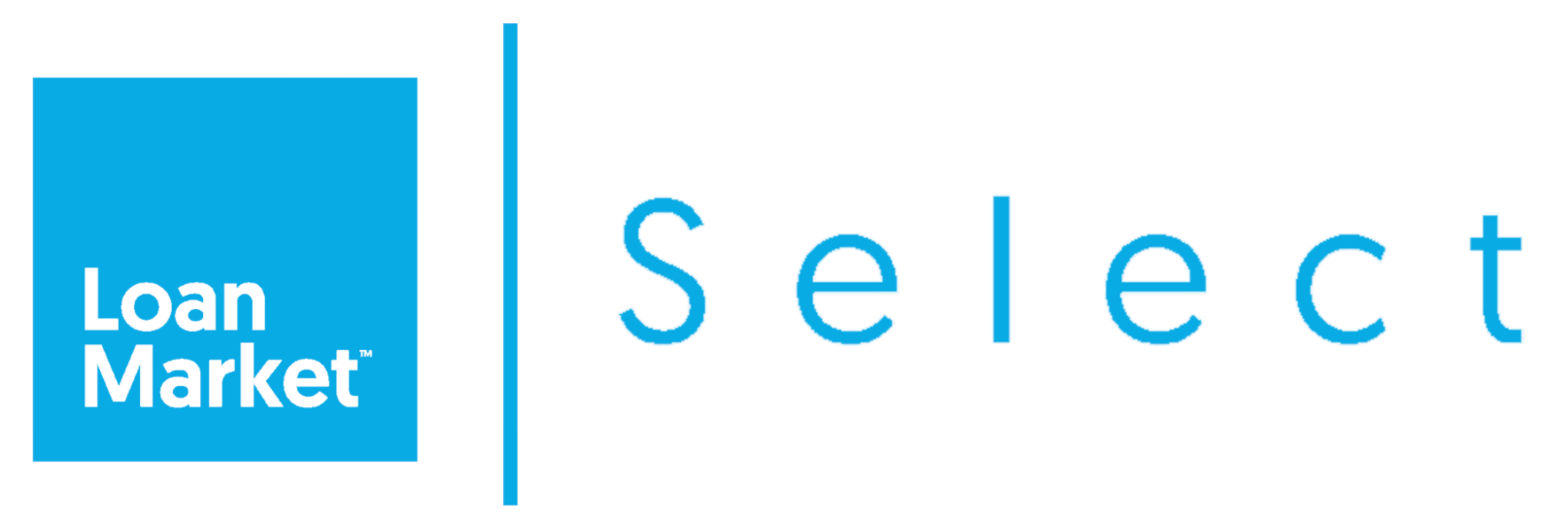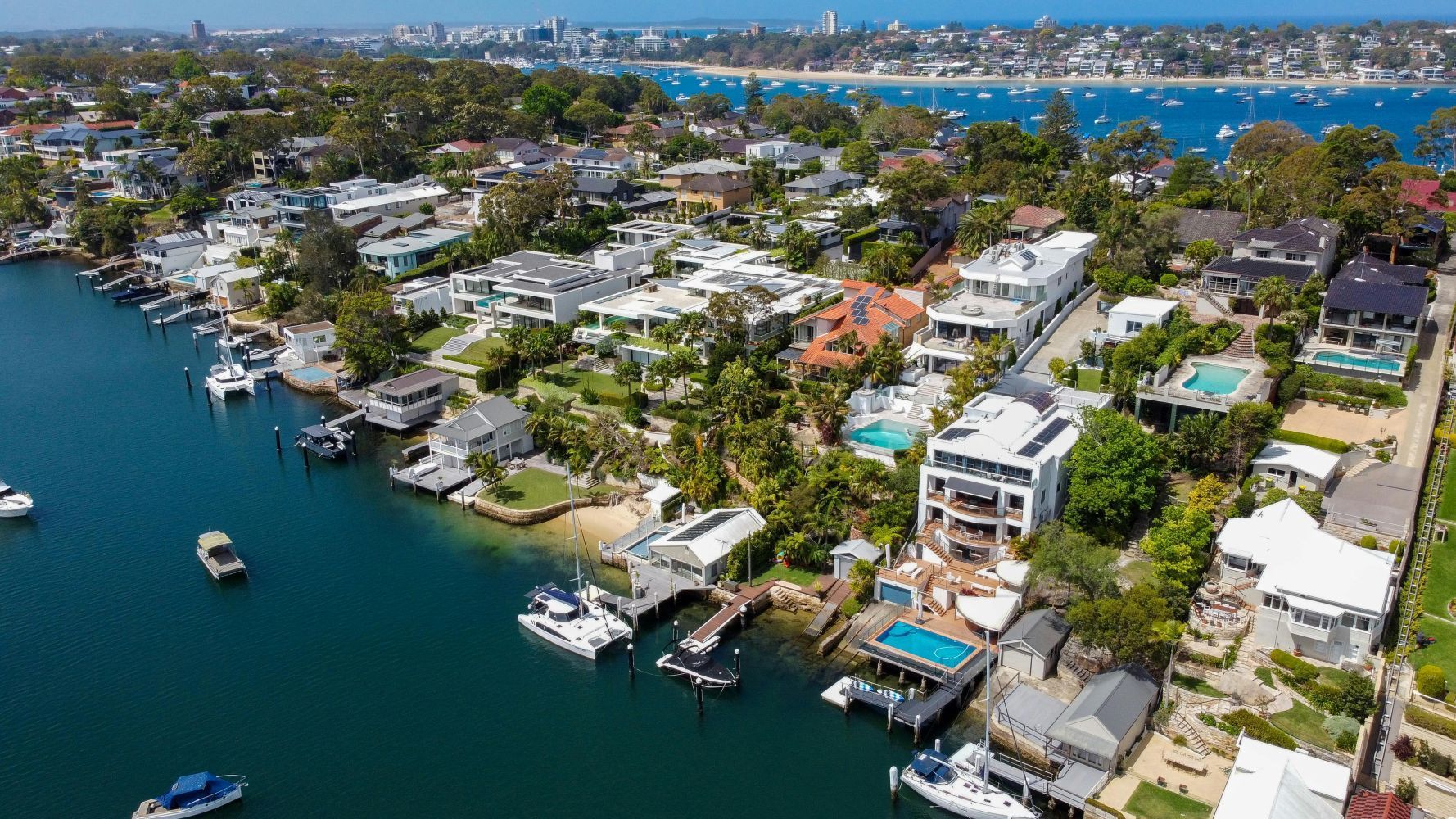Home Loans for Self-Employed in Northern Beaches: A Complete Guide
This article is by Loan Market Select. If you need home loan help, please just get in touch here.
Securing a home loan when you're self-employed can feel a bit more complex, but it’s far from impossible. With fluctuating incomes and the need for extra documentation, many self-employed borrowers wonder where to start.
This is where mortgage brokers can be invaluable. They understand the unique financial situation of freelancers, sole traders, and business owners, and they know exactly what lenders want to see.
Let’s explore how self-employed Australians in Northern Beaches, Sydney, can successfully approach home loans.
The Northern Beaches Property Market in 2024: A Self-Employed Homeowner's Paradise
The Northern Beaches continues to be one of Sydney’s most desirable regions, especially for self-employed individuals seeking a balance between work and lifestyle. Known for its stunning beaches, relaxed coastal vibe, and easy access to Sydney’s CBD, it’s no wonder the area remains a top choice.
Suburbs like Avalon Beach, Manly, and Dee Why offer not just scenic views but a strong community feel, making it the perfect spot for self-employed professionals to call home.
In 2024, property prices in Northern Beaches are still on the rise. According to Domain’s latest data, median house prices in Manly sit at $3.3 million, while Avalon Beach averages around $2.7 million.
Despite these high numbers, self-employed homeowners are drawn to the flexibility and potential for work-life balance that the area offers — whether you're working from a home office or running a local business.
Why Is It Tricky for Self-Employed Borrowers?
Self-employed Australians often struggle to get home loans because their income can be irregular or complex to prove. Unlike PAYG income customers, who get payslips and consistent income, lenders need more financial documentation from you.
But don’t worry — with the right paperwork, many lenders are happy to work with self-employed borrowers.
Home Loan Documentary Requirements for Self-Employed
When applying for a self-employed home loan, you’ll need to supply more than just your personal tax return. The bank will want to see evidence of your business’s profitability and your ability to make regular loan repayments.
Here’s what you’ll typically need to provide:
- Personal tax returns (usually two years’ worth)
- Business tax returns and financial statements, including balance sheets and profit and loss statements
- Bank statements showing a healthy savings history
- Your notice of assessment from the ATO
- Any outstanding loans or credit cards
In many cases, lenders may also ask for additional documentation to ensure your business is viable, especially if your business income fluctuates.
Types of Loans for Self-Employed Borrowers
Self-employed borrowers have access to several loan products, each suited to different financial situations. Here are six key options:
Full Doc Loans
These are the most common home loans requiring full financial documentation. Lenders will typically ask for your personal tax returns, business tax returns, and other financial records over the past two years. This is a great option if you can provide comprehensive proof of income and business stability.
Low Doc Loans
If you can’t provide all the usual documentation, a low doc loan might be the way to go. You’ll likely need to supply an Australian Business Number (ABN), bank statements, and possibly a letter from your accountant.
However, these loans often come with higher interest rates and require a larger deposit. Be mindful that if your deposit is under 20%, you'll also need to factor in Lenders Mortgage Insurance (LMI).
Variable Rate Home Loans
A variable rate loans are a popular choice for self-employed borrowers due to its flexibility. The variable interest rate changes with the market, meaning you could enjoy lower repayments when rates fall, but you'll also need to be prepared for potential increases.
The ability to make extra repayments and access an offset account is an added bonus for those with irregular income streams.
Fixed Rate Loans
A fixed rate loan allows you to lock in your interest rate for a set period (typically between 1 and 5 years). This offers stability, particularly in uncertain market conditions. However, if you decide to exit early or make extra repayments, you might face break costs.
Split Loans
Split loans combine the best of both worlds — a portion of your loan has a fixed rate, while the other part has a variable rate. This is an ideal choice for self-employed borrowers who want some security with their repayments but still want the flexibility to make extra contributions on the variable portion.
Offset Loans
Offset accounts are linked to your home loan, and any funds in the account reduce the interest calculated on your loan balance.
For self-employed borrowers with fluctuating income, having access to an offset account can help minimise interest while still offering liquidity when needed. Many self-employed borrowers in Northern Beaches prefer this setup for its ability to manage cash flow efficiently.
Choosing the right loan depends on your financial situation, business stability, and how comfortable you are with fluctuating rates or payments. Each option has its own pros and cons, so it's crucial to weigh them carefully before moving forward.
How Much Can You Borrow?
The amount you can borrow depends on your income, but it’s not as simple as just looking at the actual income figure on your tax return. Banks use your taxable income to assess your financial position, and many deduct expenses, making your income look lower on paper. This is where things get tricky for business owners who might be writing off significant expenses.
You can use a borrowing calculator to get an idea of how much you might qualify for, but the general rule is that banks allow borrowing of up to 6 times your annual income. Of course, this varies based on your credit score, existing debts, and savings.
Case Study: Jess & Tim, Freelancers from Mona Vale
Jess and Tim both work as freelancers in the digital marketing space. With no steady PAYG income, they initially struggled to secure a loan. They were unsure if their personal loans and inconsistent income statements would hold them back.
After seeking advice from our team of brokers, they followed these steps:
- They gathered two years of personal and business financials, ensuring their balance sheets and bank statements were clear and consistent.
- Jess and Tim paid down their credit cards and reduced their overall debt, improving their credit rating.
- They applied for a full doc loan with a 15% deposit, and although they had to pay for Lenders Mortgage Insurance, their loan was approved in less than a month.
Now they’re happily settled in their new home in Mona Vale, enjoying the Northern Beaches lifestyle.
How to Improve Your Chances of Loan Approval
Securing a home loan as a self-employed borrower may seem a bit more involved, but there are key steps you can take to improve your chances. Here’s what you need to know:
Keep Clear Records
Maintaining well-organised financial documents is crucial. Lenders want a clear picture of your financial position, so up-to-date business financials, bank statements, and income evidence are essential.
These documents demonstrate that you’re a reliable borrower, especially when applying for larger loan amounts. Make sure to track both personal and business income regularly.
Show Consistent Income
Banks love stability. If your income fluctuates or is seasonal, it's often best to wait for a period of time with steady growth before starting the application process.
Most lenders require at least two years of consistent income statements to prove that you can handle regular loan repayments. This applies to both residential home loans and loans for business owners.
Boost Your Credit Score
Your credit history plays a big role in how lenders assess your application. Improving your credit score can help increase your borrowing power. Pay down outstanding debts, limit your credit card usage, and resolve any credit issues before you apply.
A solid credit score can also help you secure better loan interest rates or comparison rates, especially for long rate periods.
Save for a Larger Deposit
Saving for a larger deposit will make you more attractive to lenders. A deposit of 20% or more not only increases your chances of approval but can also help you avoid Lenders Mortgage Insurance (LMI).
Additionally, having a solid deposit will reduce your overall loan amounts, which may give you access to better loan rates. If you're investing in real estate or considering a rental property, a larger deposit can help secure more favourable terms.
Use Loan Calculators
Before submitting your application, use loan calculators to determine your potential borrowing power and understand what your loan settlement and repayments might look like.
This is particularly useful for self-employed borrowers as it helps you plan around fluctuating income and varying loan interest rates. Keep in mind that different lenders may offer varying loan products and variable home loan options, so it’s important to shop around.
By focusing on these key steps—keeping thorough financial records, showing income consistency, boosting your credit score, saving for a larger deposit, and using tools like loan calculators—you’ll significantly improve your chances of securing the right loan.
These practices apply across various loan types, whether you're aiming for a residential home loan or planning to invest in a rental property.
FAQs
What is the best mortgage for self-employed people?
The best mortgage depends on your financial situation, but full doc loans are ideal if you have comprehensive financial documentation. If not, low doc loans can be an option, though they may come with higher interest rates.
Can I get a home loan if I work for myself?
Yes, self-employed borrowers can get a home loan, but you’ll need to provide more documentation, such as tax returns and business financials. Lenders will assess your ability to make regular repayments based on this evidence.
How long do you have to be self-employed before you can get a mortgage?
Most lenders require you to have been self-employed for at least two years to demonstrate stable income. Some may accept a shorter period if your financials are strong and you have prior industry experience.
How much can a self-employed person borrow?
The amount you can borrow depends on your taxable income, deposit size, and credit history. Generally, lenders offer up to six times your annual income, but this varies by lender and your financial situation.
How to calculate self-employed income for a home loan?
Lenders will look at your personal and business tax returns over the last two years and often use an average of your income. They’ll assess your taxable income after expenses, so it’s essential to have clear financial records.
Conclusion
Understanding how to approach a home loan as a self-employed borrower can put you in a strong position to achieve your property goals. With the right preparation and guidance, you can confidently move forward in your journey to homeownership.
If you have any questions or need expert advice, don’t hesitate to reach out to our team. Call us today at
0403 316 686 or visit
Mortgage Brokers Northern Beaches for personalised assistance. We're here to help you find the right loan for your situation.
Need home loan help? We're here to help.
Contact Us
Phone:
📞 0403 316 686
Email:
damian.wallace@loanmarket.com.au
Office Address: 1303/213 Miller St,
North Sydney, NSW, 2060











